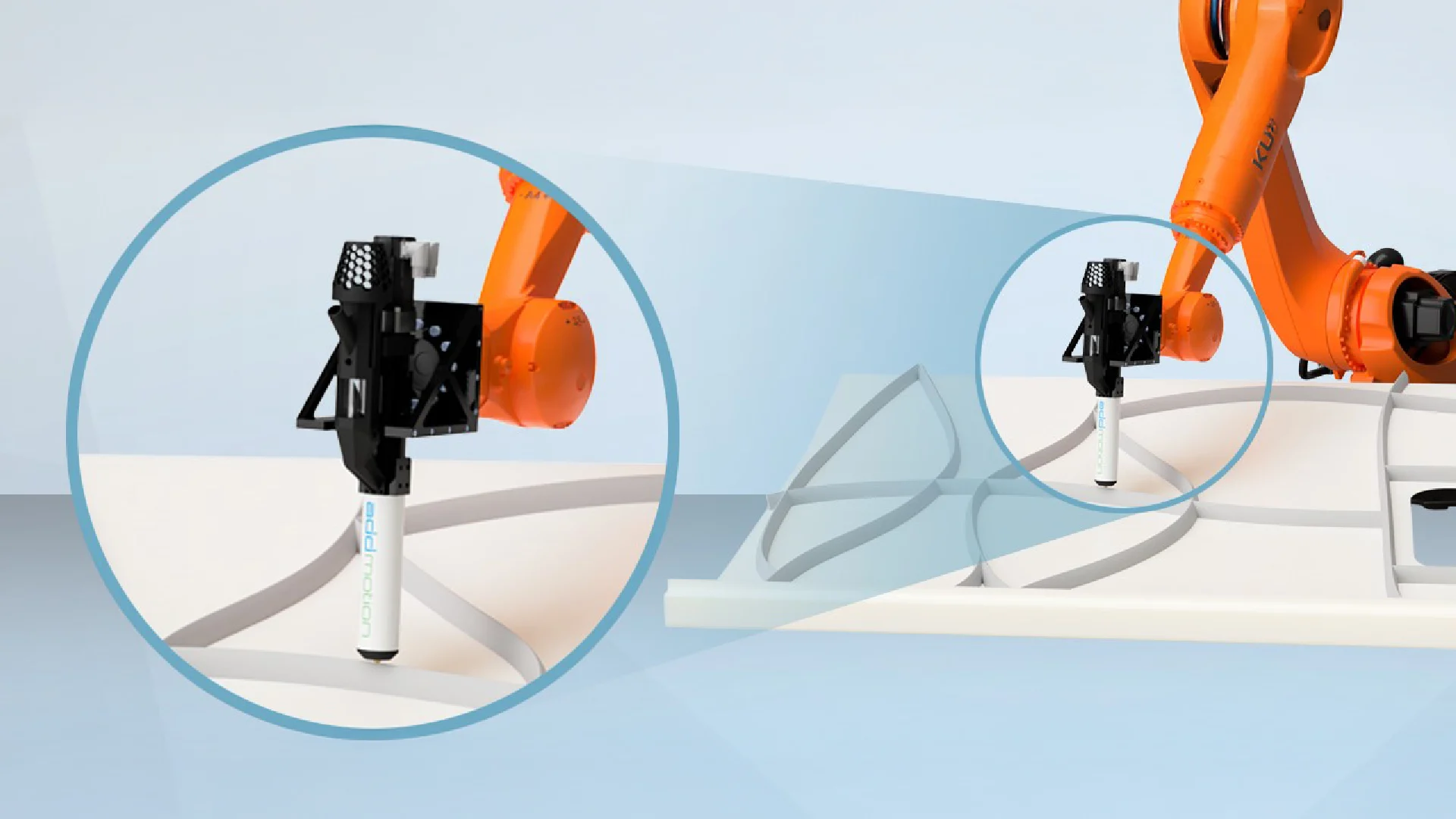In the service of energy-efficient operations, Photon AG is working with project partners to develop an automated process chain for manufacturing topology-optimized structures for use in rail transport.
Photon AG is working on the AddGleis project together with FSK Mechanical Engineering, the Berlin University of Applied Sciences (BHT) and the TU Berlin to make rail transport more energy-efficient through innovative lightweight construction techniques. The focus here is on combining various additive manufacturing processes and topology-optimized stiffening structures.
These additive manufacturing techniques are what matters
AddGleis relies on three processes that offer geometric flexibility, shorten process chains, and are therefore particularly suitable for technological lightweight construction: In addition to plastic FDM printing (3D printing), which enables precise lightweight structures through layer-by-layer material application and flexible shapes, arc spraying is also used. The WAS process (wire arc spraying) is used for a metallic intermediate layer and is a versatile and efficient coating technique. The third technique used by AddGleis is cold spray, which relies on cold forming without heat, minimizing material changes while creating robust, lightweight components.
Ensuring continuous improvement through innovation
In order to achieve the development goal of a fully automated process chain, the project partners are integrating AI-controlled monitoring of process results into AddGleis. This also serves the goal of more efficient production. The AddGleis project is thus making an important contribution to industrially applicable processes that reduce energy consumption in passenger and freight transport.
The project is funded by the State of Berlin through the program Pro FIT with funds from the European Regional Development Fund 2021–2027 co-financed.


